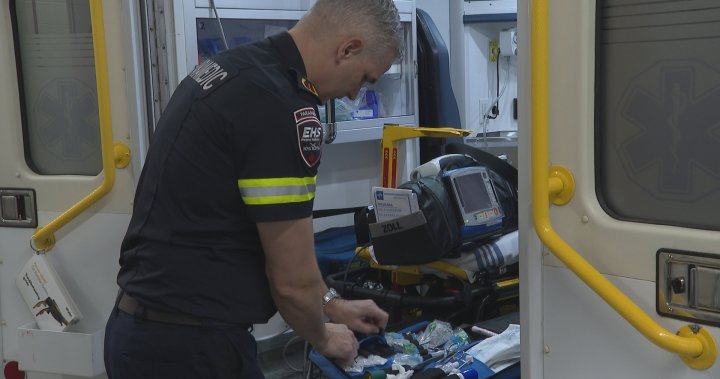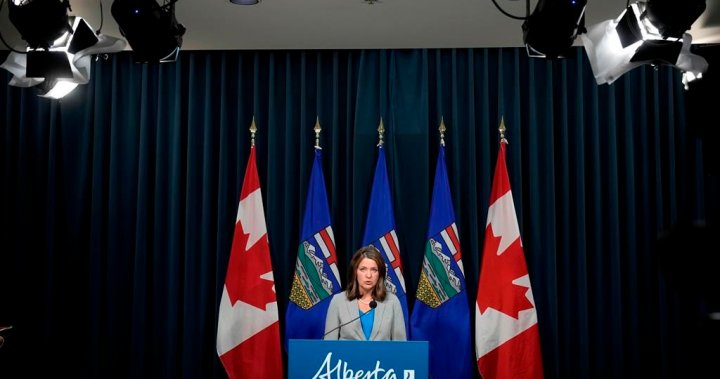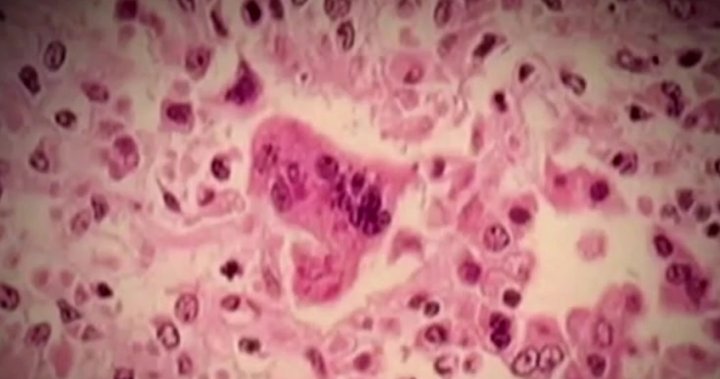There have been mixed reactions to last week’s provincial announcement about emergency medical responders as a new role within ground ambulance response teams.
Emergency medical responders working on ambulances can assess, stabilize and transport patients to hospital. In a news release, Nova Scotia says the responders may also work in teams of two to “transfer low-risk patients who have been assessed and do not require medical care during transport, or in emergency department offload areas, freeing up paramedics to focus on and respond to emergency calls faster.”
Former paramedic Matthew Williams called the move “dangerous.”
“It’s a dangerous model and it’s a slippery slope,” he said.
Williams was a paramedic in Cape Breton, N.S., for nearly four years before leaving the profession in October 2022 — due in part to burnout.
Now hearing of the province’s plan to train 200 emergency medical responders to partner with paramedics, he fears for the well-being of his former colleagues and the overall care of Nova Scotians.
“My biggest worry is that they’re, by doing this, it’s more so saying that they are more concerned with the quantity of care (as) opposed to the quality of care that Nova Scotians will be receiving,” Williams said.
Get the latest Health IQ news.
Sent to your email, every week.
He says being a paramedic is already mentally and physically taxing enough with two highly trained, experienced paramedics working together.
“It’s a huge step in the wrong direction,” Williams said. “Paramedics in Nova Scotia have been fighting to get away from that type of model for at least two decades now.
“The scope is always expanding, there’s always new responsibilities being added to the workload of paramedics, and that’s just further increasing that workload.”
Nova Scotia Health Minister Michelle Thompson told media during a scrum on Monday that, while change is difficult, this will be a great addition to the system.
“I want to reassure paramedics that this will actually be an enabler and an enhancement to the role that they currently have,” Thompson said.
“It’s going to allow us to redeploy paramedics back into the system for high-acuity calls.”
Thompson says emergency medical responders will have 400 hours of training and be regulated through the college of paramedics.
On occasion, they will be able to pair together to attend calls for stable transfers.
Thompson says the change will create more responsiveness in the system.
“We are looking at approximately 20 per cent deployment,” Thompson said. “So, approximately 20 per cent of the trucks will have an emergency medical responder in the truck, it’s not going to be every truck.”
According to the union representing Nova Scotian paramedics, the ground ambulance system is still experiencing significant paramedic staffing shortages.
While calling information on the new program “vague without explicit details,” IUOE Local 727 says that “The union appreciates the effort of the government to assist in maintaining necessary responses to increasing demand, and properly using EMRs will be an asset to maintaining a high-quality paramedic response in Nova Scotia.”
“You know what, it might make it more accessible, but it’s not really good if you actually do get an ambulance to show up and there’s only one person who can really do a whole lot for you,” Williams said.
Enrolment for emergency medical responder training begins in March, with the first graduating class set for June.
© 2024 Global News, a division of Corus Entertainment Inc.




